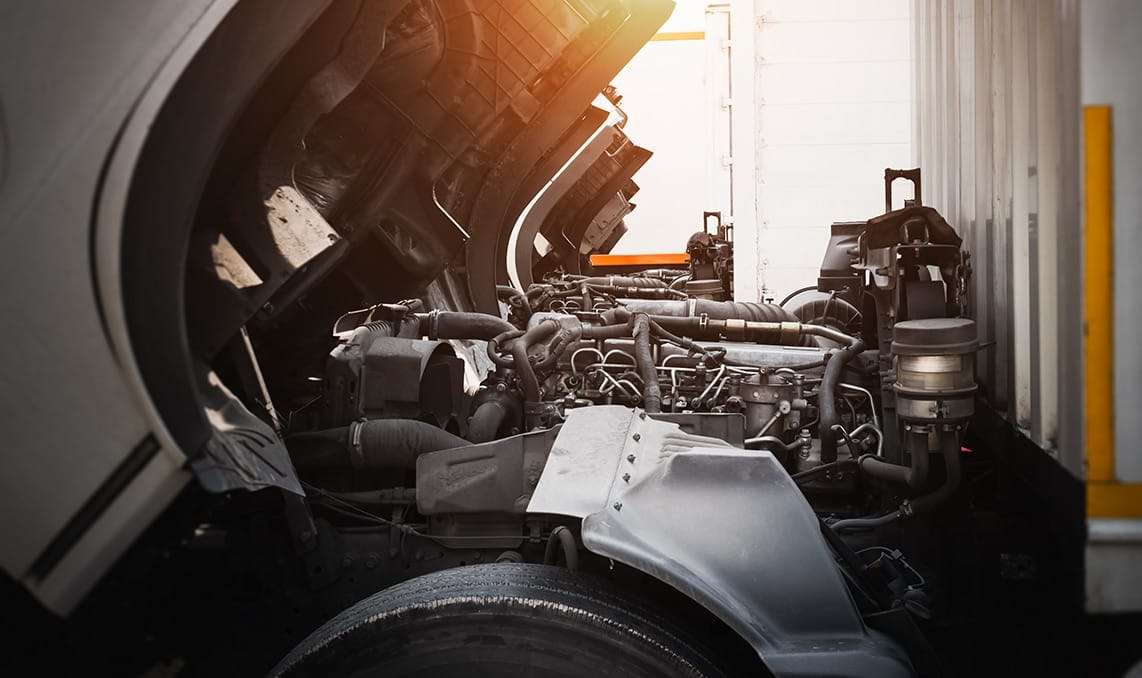- SolutionsWith a strategic solution that works for you and your business, you can unlock revenue-generating opportunities and begin managing your fleet as an investment.Overview
- About UsWhen Holman was founded in 1924, we set something positive in motion. Our consistent focus on people and our commitment to integrity make us who we are today.Overview
 Join Our TeamWe’re not just in the automotive business, we’re in the people business. Join us for the ride.Browse Careers
Join Our TeamWe’re not just in the automotive business, we’re in the people business. Join us for the ride.Browse Careers
Adjusting Your Maintenance Strategy to Accommodate Longer Lifecycles
Holman Marketing
December 29th, 2022

For vocational fleet operators, your maintenance strategy is – and always will be – key to controlling operating costs and minimizing vehicle downtime. However, with new vehicles still in short supply, a trend that will continue well into 2023, taking care of the fleet vehicles you do have is more important than ever. In all likelihood, your fleet vehicles are poised to remain in service much longer than initially anticipated and will require additional maintenance to keep them on the road supporting your business as you await replacement units.
With that in mind, Holman’s Amanda Kazemba recently spoke with Utility Fleet Professional to examine how fleet operators can remain agile in the face of these ongoing supply chain disruptions. Among best options is to proactively adjust your maintenance strategy and budget forecast to account for additional utilization during the most costly portion of a vehicle’s lifecycle. In the article, Amanda suggests all fleet operators should take a fresh look at their approach to fleet maintenance.
“Re-examine your preventative maintenance (PM) strategy to better align with the reality that your vehicles will be logging more miles, incurring additional wear, and stretching their lifecycle well beyond their original forecast.”
Amanda goes on to note that fleet operators should leverage maintenance data and analytics tools to better understand current fleet performance. She says this insight can help you transition your maintenance strategy from a traditional “break and fix” model to a more proactive “predict and prevent” methodology that will further minimize operating costs and downtime.
In the article, Amanda also highlights why you’ll likely need to adjust your operating budgets as well to account for variables such as increased downtime, higher maintenance costs, and inflationary pressures.
“Overall, the cost to repair a vehicle is up approximately 20% as compared to 2020 and fleet operators should expect to see an additional 5-10% in 2023 as well – and potentially beyond.”
With these challenges likely to linger for the foreseeable future, Amanda recommends that most fleets should be proactive in their annual planning and budget allocation. Additionally, she suggests that rather than simply planning for the year ahead, you’ll likely benefit from a more macro approach. If you’re able to forecast three to five years out, you’ll likely have greater financial flexibility to adjust to unforeseen challenges. Conversely, you could have capital available to take advantage of cost savings opportunities that may arise.
To read the entire article, be sure to visit UtilityFleetProfessional.com and see how Holman can help you effectively manage your fleet vehicles to save time, control costs, and prevent downtime.
Related Resources
Explore more related industry news, insights, and developments.









